It will also expand its defence budget 7.2 per cent, marking a slight increase over growth the previous year.
Both figures for the coming year were released at the opening of the annual gathering of the National People’s Congress (NPC), the country’s rubber-stamp legislature, which draws nearly 3000 delegates to Beijing for the next eight days.
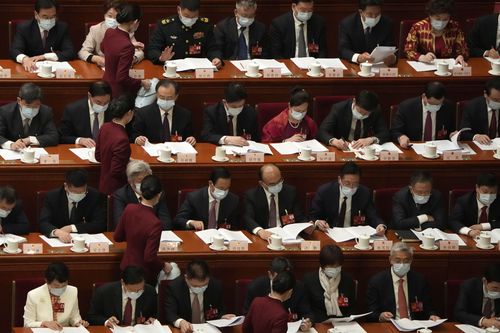
“China’s economy is staging a steady recovery and demonstrating vast potential and momentum for further growth,” outgoing Premier Li Keqiang told delegates while delivering a government work report at the opening of the congress on Sunday.
The economy added more than 12 million urban jobs last year, with the urban unemployment rate falling to 5.5 per cent, according to the work report, which emphasised China’s focus on ensuring stable growth, employment and prices amid global inflation and set the GDP target.
China also unveiled its annual military budget for 2023, which will increase 7.2 per cent to roughly 1.55 trillion yuan ($330 billion) in a draft budget report released on Sunday morning.
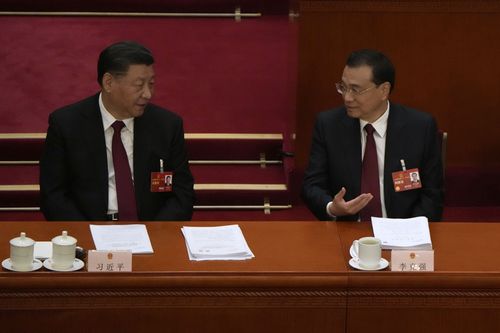
“The armed forces should intensify military training and preparedness across the board, develop new military strategic guidance, devote greater energy to training under combat conditions and make well-coordinated efforts to strengthen military work in all directions and domains,” Li’s work report said.
The GDP target and military spending are among the most closely watched in the opening day proceedings, with the GDP target figure in particular being monitored this year as China emerges from its economically draining zero-COVID policy. The new figure appears modest against what some analysts had predicted could be a more robust aim for the year ahead.
The NPC meeting is a key yearly political event that occurs alongside a gathering of China’s top political advisory body, with the events together known as the Two Sessions.

Countries with the highest military expenditure in the world
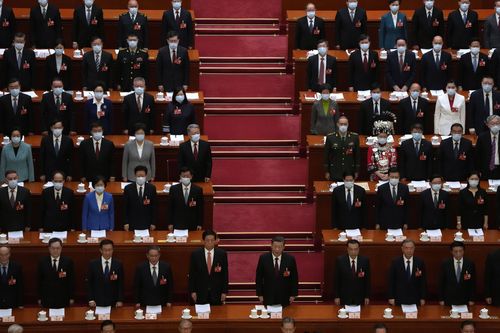
Moody’s Investors Service has since raised its China growth forecast to 5 per cent for both 2023 and 2024, up from 4 per cent previously, citing a stronger than expected rebound in the short term.
Read Related Also: Orlando Bloom, UNICEF ambassador and actor, visits children’s centre in Kyiv
Analysts had predicted a difficult track to recovery for China amid global headwinds, which may have also been reflected in the conservative 2023 target of “around 5 per cent” announced Sunday.
China is set to release its import and export data for the first two months of this year on Tuesday, which will provide a glimpse into demand for global trade.
During the congress, the ruling Communist Party’s new economic team, including various ministers and financial chiefs, will be unveiled with other key appointments — already selected by the Communist Party leadership — also approved. Premier Li’s replacement will be formally appointed during the meeting, which runs until March 13.
The new economic team will face the tough task of reviving the Chinese economy as it navigates a growing array of challenges, including sluggish consumption, rising unemployment, a historic downturn in real estate, and increasing tension with the United States over technology sanctions.
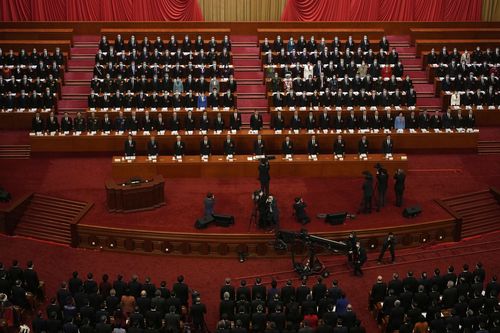
The 7.2 per cent increase in planned defence spending marks the first time in the past decade that the budget growth rate has increased for three consecutive years, as Beijing continues to modernise and build-up its military, while asserting pressure on Taiwan — the self-governing island democracy the Chinese Communist Party claims as its own despite never having ruled.
The military budget expanded 7.1 per cent to 1.45 trillion yuan ($310 billion) in 2022, compared with 6.8 per cent the previous year. The last year China’s annual defence spending grew by double digits was 2015. The size of this year’s budget is more than double that of 10 years ago.
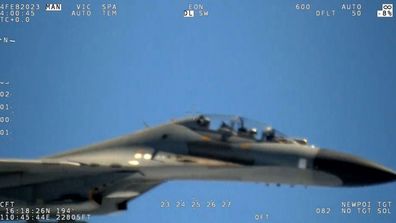
Chinese fighter jet confronts US Navy plane over disputed sea
During a press conference Saturday ahead of the opening day, NPC spokesperson Wang Chao said China’s defence budget maintained a “relatively moderate and reasonable growth rate”.
“China’s defence expenditure as a percentage of GDP has remained stable over the years. It remains basically stable, lower than the world average,” Wang said.





